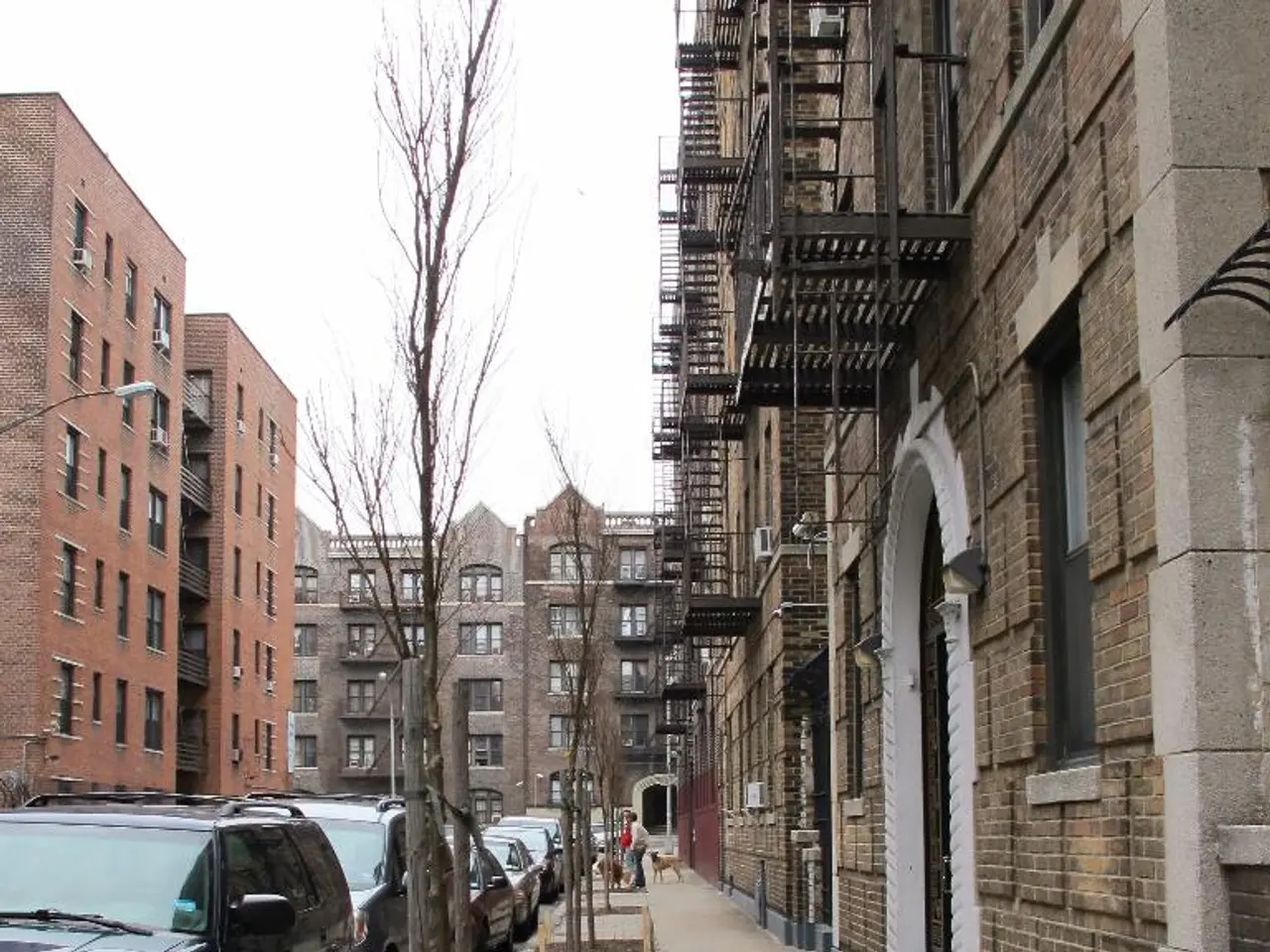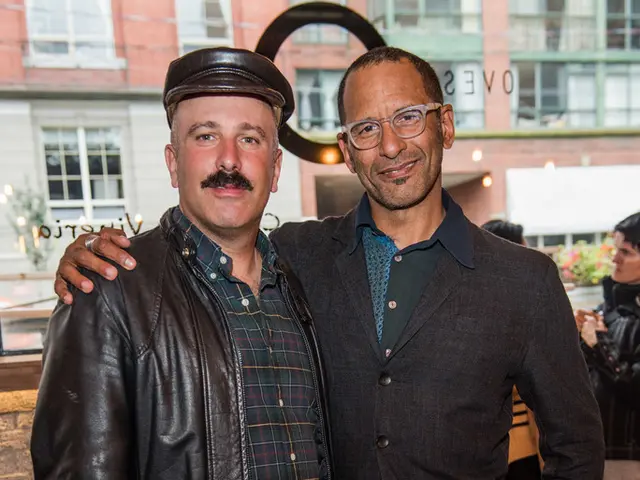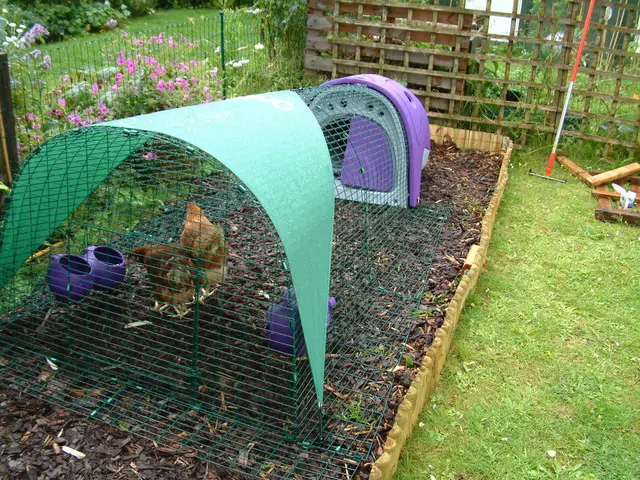Times Square headed towards becoming a more harmonious blend of residential, commercial, and recreational zones
In the heart of New York City, the iconic Times Square is undergoing a significant transformation. One of the most notable changes is the conversion of 5 Times Square, a 38-story office tower, into a residential building with up to 1,250 units [1][4].
Once home to former Mayor Rudy Giuliani's consulting firm and Ernst & Young headquarters, the tower, completed in 2002, now stands as a testament to the city's commitment to creating a more balanced live-work-play community [5]. The conversion, facilitated by a partnership between New York City and Empire State Development, represents a key part of Times Square's "next evolution" [1].
The conversion of 5 Times Square is part of a larger trend of office-to-residential conversions in the Times Square neighborhood. This shift is reflected in the construction of a 62-story residential building on the site where the Roseland Ballroom once stood [1]. The Ballroom, a 52nd Street venue, closed in 2014, making way for new residential developments.
The conversion of 5 Times Square could make Times Square one of New York's hottest new addresses. Approximately 300 of the units will be affordable housing units, addressing the need for affordable living options in the city [1]. This move aligns with broader residential development trends in the area, with rezoning efforts such as the Midtown South Mixed-Use Plan enabling high-density residential development with mandatory affordable housing requirements [2].
The increased residential capacity in Times Square is not just about new construction. Some older buildings have survived demolition, such as 5 Times Square, signaling a mix of old and new in the neighborhood [6]. This diversified approach to redevelopment also includes mixed-use plans involving retail, entertainment, and hotel expansions, such as the Palace Theatre area [4].
The residential buildings in Times Square currently house approximately 8,000 people amid theaters, restaurants, bars, clubs, hotels, and souvenir shops, according to Census data from 2020 [3]. With construction for many projects, including related citywide housing developments, expected to continue steadily through the late 2020s, Times Square is poised for a vibrant future [3].
Tom Harris, president of the Times Square Alliance, expressed that the increase in residential units in Times Square will create a more balanced live-work-play community [1]. This transformation, led by city-led initiatives and private partnerships, is set to improve affordability and create a more sustainable and balanced neighborhood environment in one of the world's busiest squares.
Investors may find attractive opportunities in the housing-market of Times Square, given the surge in residential investments, such as the conversion of 5 Times Square. The shift towards housing-finance in this area is bolstered by rezoning plans like the Midtown South Mixed-Use Plan, which mandates affordable housing units and encourages high-density residential development.





